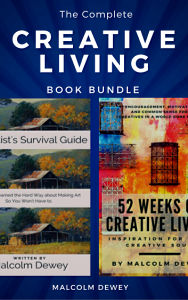|
What is the most versatile painting medium for anyone who enjoys painting? If acrylics come to mind then I have to agree. It is likely that your earliest introduction to painting as a child was with acrylics. Maybe watercolour too, but as far as scope of use is concerned acrylics must be first choice. What about for beginners? Acrylics is my choice for beginners and not watercolour. You may be thinking that you grew up with watercolours so they must be simple to use. Not so. Here is why you should consider acrylics instead. Master’s Medium
Sure watercolours seem benign. Just add a little water and paint on paper. Easy. This may be fine if you are painting a simple one dimensional doodle. Perhaps the typical school subject you remember from back in the day. Which, incidentally most adults would also struggle with. But take watercolours to fine art subjects and you will soon find this transparent paint to be a deceptive and unforgiving medium for beginners. There is too much going on in real time with little margin for error. This is why watercolours is rightly called a master’s medium. Learn the Ground Rules with Acrylics To learn the basics of painting is a necessary step in every artist’s journey. Acrylics make this challenging stage a little easier to cope with and there are excellent reasons for this.
Getting Started the Easy Way I did mention the cost effectiveness of acrylics. However there are also tons of acrylic materials of various quality that can add up to big expenses if you are not careful. The topic of acrylic mediums on its own can bog you down. I advise beginners to forget about mediums until more important issues are dealt with. I take a similar approach to oils too. So what should you have to begin painting in acrylics? Paint Of course, but the choices are endless. What to purchase? Simplicity is best so stick to basic colours that give you the most options. A basic set will include: Titanium white Warm Red (like cad. Red light) Cool red (like alizarin crimson or magenta) Warm blue (like ultramarine blue) Cool blue (like cerulean or cobalt) Cool Yellow (like cad. Yellow lemon) Warm yellow (like cad. Yellow deep) Orange Burnt sienna Yellow ochre Burnt umber This list of colours is extensive yet not too complicated to confuse you. There are the essential primaries. A few convenience colours especially the earthy hues that are used often. What is important is that you use a good quality paint that suits your budget. Student quality is fine to begin with. Why use expensive artist’s quality paint to learn the basics? Examples are Winsor and Newton’s Galleria range. Maimeri’s Acrilico range Zellen’s Zelcryl range will be fine to learn with. Brushes You are spoilt for choice since acrylics are gentle on most brushes. Synthetic brushes work very well with acrylics unlike with oils. So you can save good money on brushes. But as always simplicity is best so try these: Round brushes in sizes 4 and 8 A filbert shape in size 6 A long flat in size 4, 6 and 10 A rigger One large short flat for blocking in. Size 12-14 should do. In a pinch one round, one filbert and one large short flat will do to start with. These brushes have so much variety of shapes that you can easily complete an entire painting with a couple of brushes. Supports As mentioned what you paint on is limited by your imagination. But for simplicity a few panels in 10”x 12” size is perfect to learn on. Buy them ready made or make your own from MDF. Make sure they are primed with gesso. Panels are cheaper than canvas. But cheaper still is paper unless you are using expensive watercolour paper. But why would you do that? Anyway for learning purposes any of these supports will do nicely. For your typical painting a panel or canvas is perfect. Easel Once again limited only by your budget. If you prefer to stand while painting then the adjustable H-frame easel is best. If you prefer to sit then a desktop easel may suffice although painting sizes are more limited. Avoid the A-frame easels. These are more for displaying paintings. Also take portability into account if you do not have a permanent space to paint. If you are handy then you can easily make an easel and save a lot of cash. There are endless designs to find online so take your pick. Probably the simplest is a wall mounted easel consisting of two or three planks. The Big Picture Overall you want to be inspired by your equipment and not intimidated. Also you do not want to feel guilty about spending a small fortune. This is meant to be fun. Plus painting is not an overnight thing. If you love it then you will have to grow with it and improve over time. Naturally you will add to your basic starter studio too. This is the nature of things. I can assure you though that learning the right things about brushwork, composition, colour and practice will take you much further than materials alone. What Next? Dive In As an art teacher as well I could say that you must take up lessons right away. That is a good idea, but first get familiar with your materials and find your joy. That’s right. Your joy! This is about fun and play as well. So mess around a bit too. Paint what grabs your attention. Try things. Found objects around the house can make a still life. Your imagination must begin to work. Make marks with your brushes and see what variety of shapes they make. Mix colours and see what happens. Read books, blogs and watch videos on YouTube. No pressure. When you are ready then take classes. As a beginner you will want to get the foundation of painting in place. These principles apply to all painting genres. But for oils and acrylics I can suggest Learn to Paint with Impact. This is my flagship course for beginners that teaches the time-honoured methods of painting. Begin Most importantly it is best to start. Get over the learning hump in one month by practicing the basics. Do many starts on paintings without worrying about the finish. Leave them half finished. By practicing a good start you are setting a strong foundation for excellent painting skills in the future. Too many beginners focus on the finished painting before they even have a solid grasp of the basics. The result is frustration and they drop painting altogether. Set yourself up for long term growth by concentrating of the start of a painting. Enjoy. PS: New Acrylic Course for Beginners in 2018 I am currently working on a new course for acrylics that will show you the simple yet effective way to use acrylics with confidence. If you want to stay in the loop for the pre-launch special of this up-coming course then be sure to join my Artist’s and Collectors Circle below. |
AuthorMalcolm Dewey: Artist. Country: South Africa Archives
June 2024
Categories
All
FREE
|
|

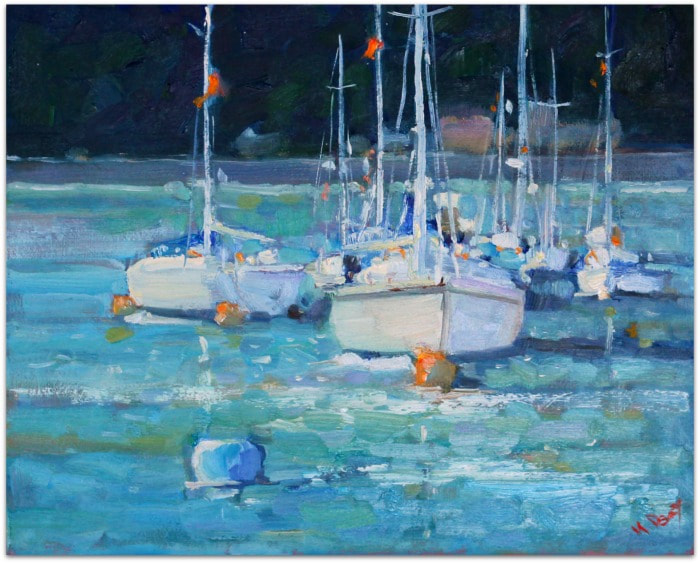
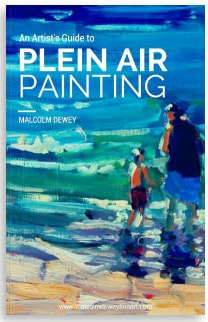
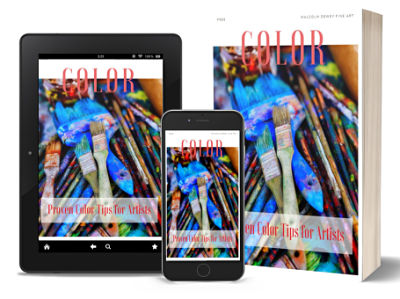
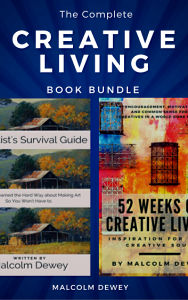
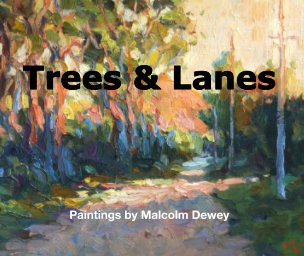



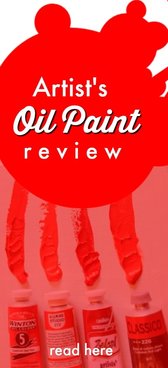
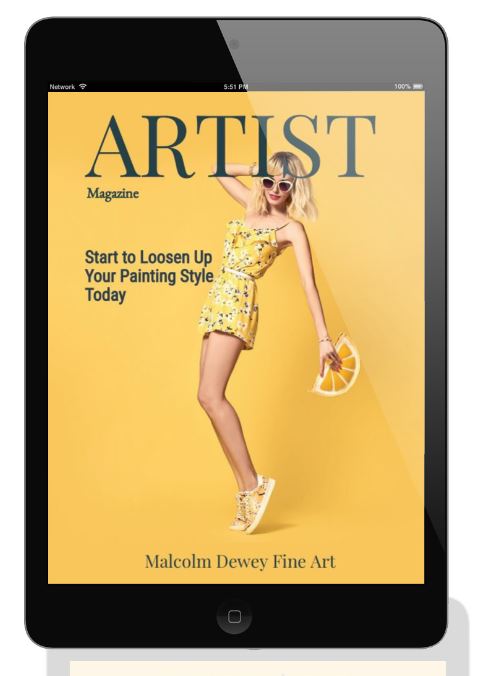
 RSS Feed
RSS Feed

